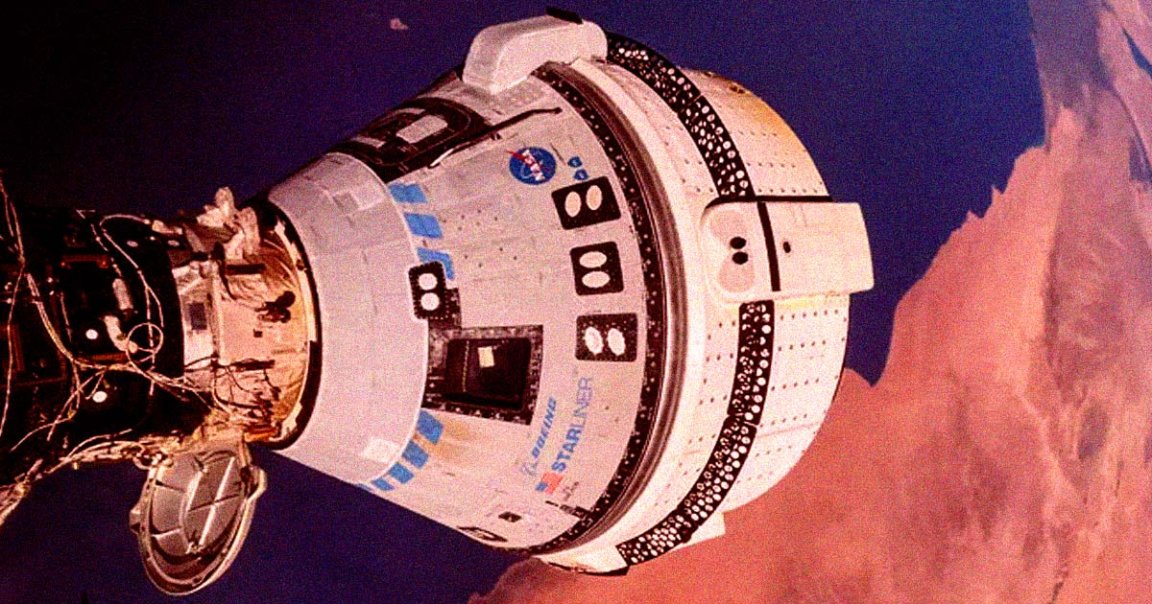
Up in Flames
Boeing’s plagued Starliner spacecraft will officially return without any astronauts on board, following what has proven to be a disastrous first crewed test flight.
Before the mission even launched, engineers noticed several gas leaks affecting the capsule’s propulsion system. The situation spiraled once the spacecraft made it to the space station — and over the weekend, NASA revealed that it had weighed the risks and decided Starliner was simply too dangerous for its two stranded astronauts Sunita Williams and Butch Wilmore to use.
Worst of all, the affected thrusters are attached to Starliner’s service module, which is designed to separate from the crew module during re-entry and burn up in the Earth’s atmosphere.
That could make it far more difficult for Boeing to figure out what went wrong, as that won’t leave any hardware behind for engineers to inspect. As Ars Technica reports, that could massively hamper Boeing’s investigation into what went wrong.
It’s an anticlimactic end to what is proving to be a major setback for Boeing, a company already under heavy scrutiny for its troubled commercial jet business.
Square One
Over the summer, while Williams and Wilmore began their now eight-month stay, Boeing began investigating Starliner’s issues by firing test thrusters at its White Sands facility in New Mexico.
The tests revealed that a small Teflon seal expanded as it became overheated by the thruster’s oxidizer propellant.
“We are clearly operating this thruster at a higher temperature at times than it was designed for,” said NASA’s commercial crew program manager Steve Stich during the agency’s announcement over the weekend. “I think that was a factor, that as we started to look at the data a little bit more carefully, we’re operating the thruster outside of where it should be operated at.”
After a failed uncrewed orbital test flight in 2019, Boeing finally managed to get Starliner to dock with the ISS and return in one piece in 2022.
“We thought, obviously, we had done enough analysis to show that the thrusters would be within the temperatures that they were qualified for,” Stich explained, referring to the second orbital test flight. “Clearly, there were some misses in qualification.”
Now that Boeing is forced to quite literally burn up the remaining evidence in the Earth’s atmosphere, all eyes are on NASA. Nobody knows when Starliner will fly again, and a crew rotation mission is still likely more than a year out, as Ars suggests.
“If we had a way to accurately predict what the thrusters would do all the way through the deorbit burn and through the separation sequence, I think we would have taken a different course of action,” Stich said. “But when we looked at the data and looked at the potential for thruster failures with a crew on board… it was just too much risk.”
More on Starliner: It’s Official: NASA Will Rescue Its Stranded Astronauts With SpaceX, Not Boeing’s Plagued Starliner